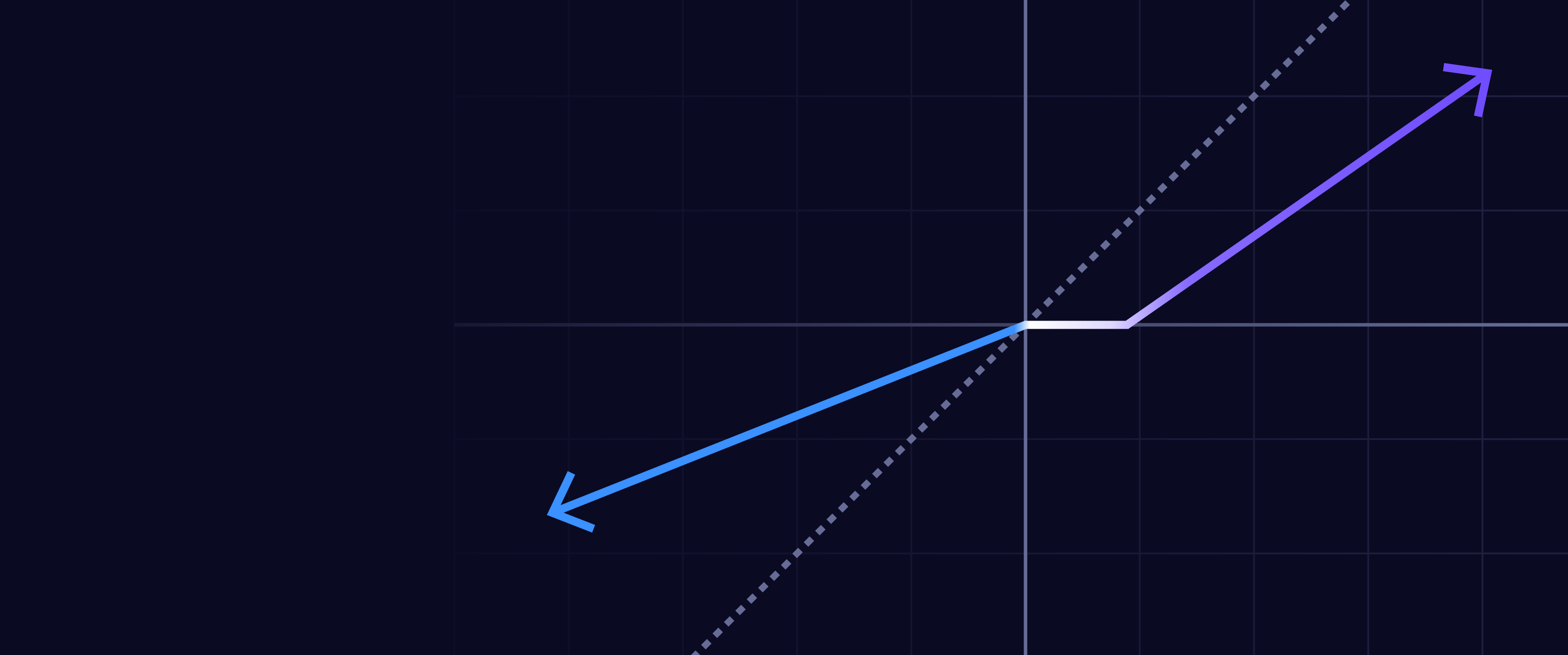During the fourth quarter, as V-shaped recovery surprises multiplied around the world, broad-based global equity indexes – as measured by the S&P 500 and MSCI World – rebounded after a few months of consolidation around the U.S. election. While political gridlock hindered the next phase of fiscal stimulus in the US, monetary policies around the world remained supportive, especially as the number of European and US coronavirus cases surged, calling into question the sustainability of global economic growth. In December, however, the US Treasury yield curve steepened suddenly, suggesting that bond investors could be anticipating rapid GDP growth and/or higher inflation.
Since the bottom of the market during the coronavirus crisis, growth stocks – particularly those associated with companies solving problems created by the pandemic – have outperformed value stocks significantly. We believe this divergence could be a function of fears of a relapse into recession and the “creative destruction” that innovation could foment in traditional value sectors like financial services, energy, and industrials. That said, it appears that cyclical sectors around the world now are beginning to benefit as producers continue to catch up with consumer demand and as significant capital spending declines in energy and other disrupted industries curb supply and support prices. The consumer saving rate in the US dropped from a record high 34% in April but still is 12.9%, more than 50% above the 8% recorded in March, suggesting that pent-up demand could continue to support the recovery now under way. Indeed, given the liquidation in US inventories, we believe businesses still are scrambling to catch up, signalling a continued V-shaped recovery in the US and Asia as well as positive growth in Europe during the next year. At the same time, companies like Exxon are writing down fixed assets and cutting capital spending, potentially pointing to a resurgence of oil prices if the V-shaped recovery continues apace.
Relative to the S&P 500 Index and the MSCI World Index, ARK’s five actively managed ETFs and two self-indexed ETFs outperformed during the fourth quarter.
To read a summary of ARK’s biggest contributors and detractors, please see below.
The ARK Autonomous Technology and Robotics ETF (ARKQ) outperformed the broad-based market indexes during the quarter. Among the top contributors to performance was Tesla (TSLA). Standard and Poor’s added Tesla to the S&P 500 Index in December, and Tesla released a beta version of its “Full Self Driving” software update – a key building block on the road to 100% autonomous driving – to Autopilot users. It also began selling Model Ys made in China at a competitive price point and remained the top selling electric vehicle brand in China as of November. Materialize (MTLS), a software company serving the 3D printing industry, also contributed positively after strengthening its position in the eyewear and footwear markets through a partnership with Ditto and an acquisition of RSscan. Materialise also received CE Marking certification for a number of its personalized orthopedic and cranio-maxillofacial (CMF) solutions.
Among the top detractors were Workhorse (WKHS) and ExOne (XONE). Workhorse detracted from performance after the U.S. Postal Service twice delayed contract announcements for its new mail truck. Workhorse remains in the running but could share this $6 billion contract with competitors. We believe ExOne depreciated on no news in particular other than a SPAC’s acquisition of Desktop Metal which aims to compete with ExOne in the future. ExOne is a leader in binder jetting 3D printing technology.
The ARK Next Generation Internet ETF (ARKW) outperformed the broad-based market indexes during the quarter. Among the top contributors was Tesla (TSLA) for reasons noted above. Roku (ROKU) also contributed after news broke that the company reached an agreement with AT&T’s WarnerMedia to add HBO Max to the Roku platform. For no extra cost, HBO Max will offer its full slate of theatrical films to users in the US on the same day they release them in theatres. Roku also purchased all of Quibi’s content for a reported sum of less than $100 million with plans to add it to the Roku Channel, its growing ad-supported streaming service.
Among the top detractors from performance were Zoom (ZM) and Huya (HUYA). Zoom traded down along with other work-from-home stocks following the FDA’s approval of COVID-19 vaccines in December. ARK views Zoom as a complete communications platform, not just a work-from-home beneficiary. We believe Zoom’s rapid expansion to phones, video APIs, and email positions the company to capture a large portion of the $1.5 trillion total addressable market for enterprise communications. Huya detracted from performance as it finalized its pending merger plans with Douyu, a competitor in the live streaming platform space, amid a host of new live streaming government regulations aimed at curbing “inappropriate behavior”. ARK believes that while the new regulations could impact the short-term revenue growth of the live streaming platforms, the longer-term outlook for live-streaming is bright.
The ARK Genomic Revolution ETF (ARKG) outperformed the broad-based market indexes during the quarter. Among the top contributors to performance was Pacific Biosciences (PACB), thanks to several major announcements. In October, Pacific Biosciences launched the Sequel IIe, a new instrument optimized for High-Fidelity (HiFi) reads that collapses the time to analyze and store a whole human genomic profile by 70% and 90%, respectively. Pacific Biosciences also announced a collaboration with Children’s Mercy Kansas City and Microsoft (MSFT) to sequence 100,000 genomes with the goal of improving rare disease diagnostics. In November, Pacific Biosciences and Invitae (NVTA) launched a program to develop whole genome sequencing assays using HiFi reads for various forms of epilepsy. Finally, Pacific Biosciences announced that several prominent UK-based research labs, including Edinburgh Genomics, Oxford Genomics Centre and the University of Liverpool Centre for Genomic Research, have fortified their labs with Sequel IIe technology. CRISPR Therapeutics (CRSP) also contributed to performance thanks to positive industry and company news. First, Jennifer Doudna and Emmanuelle Charpentier, the latter a co-founder of CRISPR Therapeutics, won the Nobel Prize in Chemistry for their discovery of CRISPR Cas9 gene-editing technology. Second, CRISPR Therapeutics announced encouraging data on early but functional cures for sickle cell disease and beta thalassemia at the American Society of Hematology (ASH). It also presented data on its CAR-T cell trial targeting B cell malignancies which demonstrated a 50% complete response rate at three months in its third dose level cohort. Lastly, CRISPR Therapeutics received funding from the Bill and Melinda Gates Foundation to support research for CRISPR Cas9-based HIV therapies.
Among the top detractors from performance were Compugen (CGEN) and Pluristem Therapeutics (PSTI). We believe Compugen detracted primarily because of the ongoing debate around the importance of Fc-FcyR engagement in enhancing the activity of two novel checkpoint inhibitors, TIGIT and PVRIG. In addition, Surface Oncology (SURF) licensed its PVRIG to GlaxoSmithKline (GSK), potentially signaling increased competition in the space. Pluristem detracted after it decided to end its critical limb ischemia program in response to analysis suggesting that its Phase III trial would not meet its primary endpoint of preventing amputations.
The ARK Fintech Innovation ETF (ARKF) outperformed the broad-based market indexes during the quarter. Among the top contributors were Square (SQ) and Pinterest (PINS). Square appreciated on reports that Cash App’s growth was sustained at a rapid rate even after the COVID-19 related lockdowns ended and that Square’s seller business rebounded from the lockdowns more quickly than anticipated. Based on adjusted revenue, a metric Square discontinued in 2019, Cash App represented 50% of Square’s revenue during the third quarter, little more than three and a half years after Square began monetizing it with the Cash debit card. Pinterest contributed to performance after reporting better than expected third quarter revenue growth of 58% on a year over year basis, its strongest quarter since the second quarter of 2019. Pinterest could be benefitting from an accelerated shift in the advertising market from linear TV to social media platforms.
Among the top detractors were LendingTree (TREE) and Alibaba (BABA). LendingTree (TREE) detracted from performance after it lowered guidance for the fourth quarter of 2020 and again after GCI Liberty disclosed that it would sell its stake in the stock. Alibaba depreciated as Chinese regulators focused on the monopolistic practices of large internet platforms. We believe more damaging to Alibaba specifically was China’s abrupt decision to halt Ant Financial’s IPO indefinitely after former CEO Jack Ma criticized the country’s financial services sector. While more policy changes are likely to make headlines this year, we assume the Chinese government is unlikely to dismantle or nationalize some of its most successful internet platforms.
With some of the highest conviction names from the Funds discussed above, the ARK Innovation ETF (ARKK) outperformed the broad-based indexes during the quarter. Among the top contributors were Tesla and CRISPR Therapeutics, for reasons noted above. Detracting from performance were Zoom and Compugen, for reasons noted above.
ARK’s self-indexed ETFs, The 3D Printing ETF (PRNT) and the ARK Israel Innovation Technology ETF (IZRL), appreciated during the quarter. PRNT outperformed relative to the broad-based market indexes. SLM Solutions (SLM) was the largest contributor after reporting an 11% sequential increase in third quarter sales and announcing that its new laser metal 3D printer, the NXG XII 600, was 20x faster than its predecessor. Exone (XONE) was the largest detractor from performance, for reasons noted above.
IZRL outperformed the broad-based market indexes. IZRL’s top contributor was Gamida Cell (GMDA) which announced that its Phase III trial of Omidubicel met all three of its secondary endpoints. Omidubicel is an investigational cell therapy for patients undergoing bone marrow transplants. Additionally, at the American Society of Hematology (ASH), the company presented encouraging data from its Phase I trial of a natural killer (NK) cell-based cancer immunotherapy for patients with non-Hodgkin lymphoma (NHL). Gamida Cell will submit an Investigational New Drug (IND) application for Omidubicel in 2021. The largest detractor was Biondvax Pharmaceuticals (BVXV) which announced that the Phase III trial of its universal flu vaccine candidate did not meet its efficacy endpoints. In our opinion, investor interest also seems to be shifting to mRNA vaccine technology which has reached up to 95% efficacy in protection against SARS-CoV-2 and which is a platform upon which competitors are developing flu vaccines.
ARK’s statements are not an endorsement of any company or a recommendation to buy, sell or hold any security. ARK and its clients as well as its related persons may (but do not necessarily) have financial interests in securities or issuers that are discussed. Certain of the statements contained may be statements of future expectations and other forward-looking statements that are based on ARK’s current views and assumptions and involve known and unknown risks and uncertainties that could cause actual results, performance, or events to differ materially from those expressed or implied in such statements.
Explore ARK Funds
Featured Funds:

ARK Trade Notifications
ARK offers fully transparent Exchange Traded Funds (“ETFs”) and provides investors with trade information for all actively managed ETFs.






